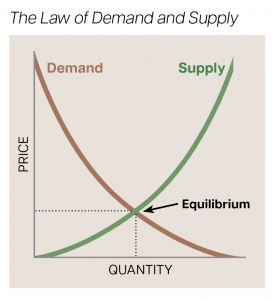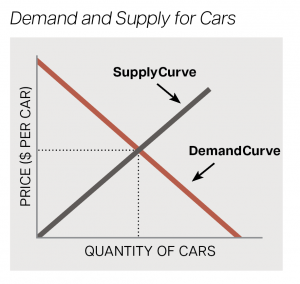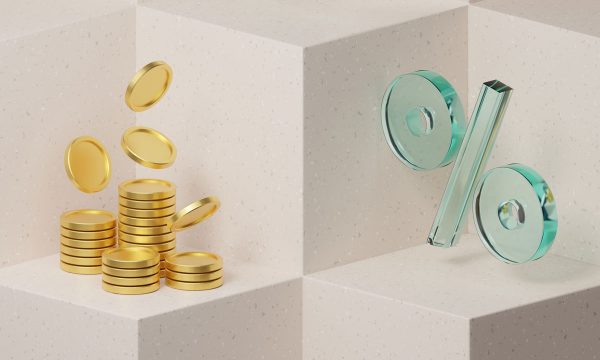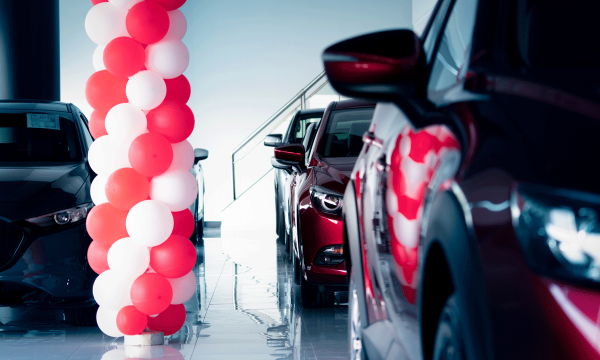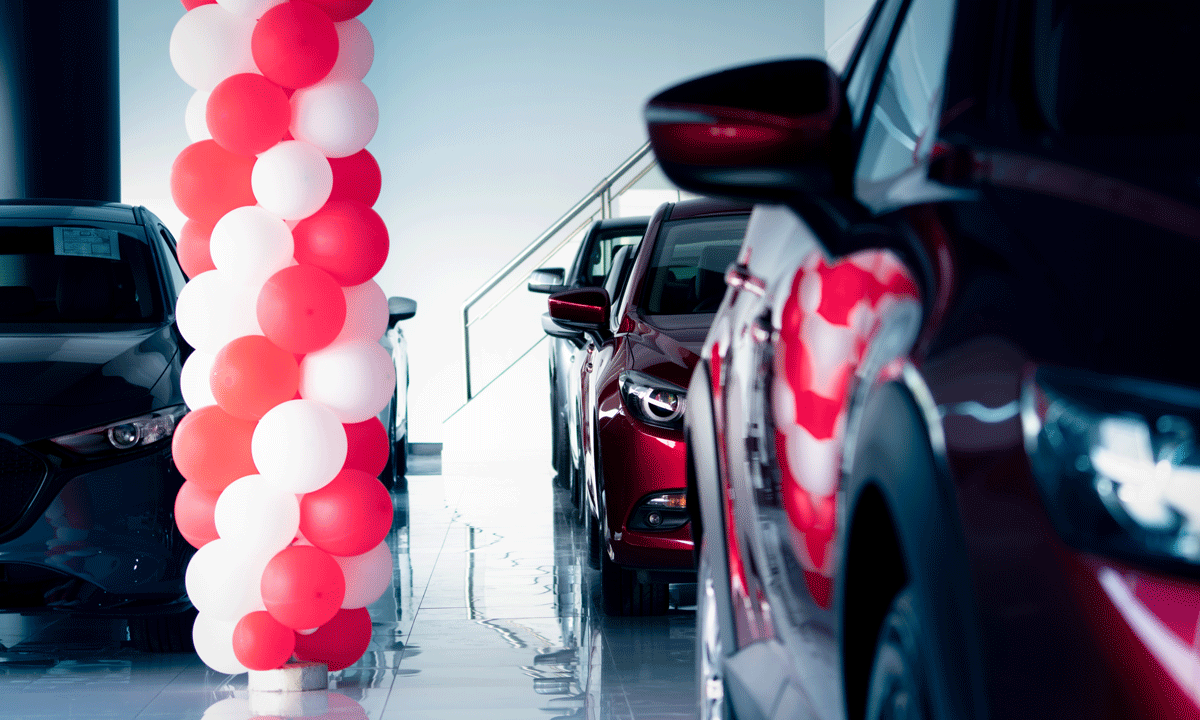I hated studying economics in school. Too theoretical, I thought. I’ll never see this in the real world, I thought. Boy, was I wrong!
Economics explains the balance between customers’ unlimited wants and their limited resources (usually cash) to acquire them. This is the definition of the economic problem. People make choices that maximize their personal benefits.
A customer will buy a minivan because they’re lugging around four kids to hockey practice or an expensive sports car because they’re wealthy and travel lightly. The question is: how should the auto dealer respond to changes in market demand?
Today’s dealership is a case study in modern economics. The laws of demand and supply, elasticity of demand, perfect competition—you’re seeing it all play out in real time.
Let’s see how some of the most basic economic concepts play out in today’s dealership.
The Laws of Demand and Supply
Demand is the relationship between a product’s price and quantity sold. If a Toyota Camry costs $1,000,000, very few people will want it. If a Ferrari costs $10,000, people will be lining up to purchase this luxury supercar. While consumer preferences and wants change by generation, the theory that price and demand are inversely correlated will always remain true.
Dealers are dialed into this concept and work to manipulate product pricing to generate demand. Black Friday sales, Winter Tire Season sales, negotiating vehicle selling price to close a deal—this is what we do best. The challenge dealers face today is on the supply side—how much inventory should dealers hold to meet their current market demands?
The law of supply states there is a direct relationship between price and quantity supplied. If you can sell a tire/rim package at top dollar, your fixed operations department will stock up on them—people want them, and we can make money selling them.
The quantity supplied, or held in inventory, is directly related to market demand. The more people want, the more you produce. Eventually, dealers find the sweet spot—the point at which market demand meets quantity supplied, or the market equilibrium. This is the point at which dealers will run at peak efficiency.
Today’s problem is that dealers have very little control on the supply side. With chip/labour shortages caused by the pandemic, OEMs have not been able to hold up their end of the bargain. Dealers are scrounging for inventory. They have customers lined up for cars (i.e. strong market demand) but no cars to give them (supply shortages). Thus, the retail automotive industry is not in an “equilibrium” state. In fact, it hasn’t found its equilibrium in years.
Elasticity of Demand
Taking the laws of demand and supply one step further leads us to the concept of demand elasticity, or how responsive consumers are to price changes. At the extreme end, a product’s demand is said to be “perfectly inelastic” if customers are willing to pay any price for it. If the demand for a vehicle remains constant regardless of the price charged, we would find ourselves in this environment.
Sounds familiar, right? Today, dealers are able to charge exorbitant amounts for cars—far more than they ever have before. And, not surprisingly due to supply shortages, the demand remains strong. It’s a crazy world. What was once only theoretical has made its way into reality.
Economic theory suggests that there is only one way to combat high demand and low supply—raise prices. This is exactly where we find ourselves today. There is no way to tell when this will correct itself, but eventually it will and the auto industry will fall back into that sweet spot.
For now, dealers are enjoying the highest grosses seen in decades, tons of pre-sold cars and an almost non-existent vehicle pipeline. Strange times, to say the least, but eventually this too will correct itself. The laws of demand and supply will make it happen!
Perfect Competition
The retail automotive space operates in a perfectly competitive environment—many buyers, many sellers, standard and similar types of products, easy entry and exit. This economic environment gives customers the option to shop at any dealer and find the same cars being sold.
Customers are attracted to you because of convenience, service and, perhaps most importantly, price. Dealers must adjust pricing to reflect market conditions or risk losing customers. In other words, operating in a perfectly competitive environment naturally forces demand and supply to calibrate.
This one economic theory, in my view, defines the toughest thing about running a successful dealership. Selling prices are always being questioned by consumers so businesses are forced to reduce expenses—it’s really difficult to make a few bucks.
One notable feature of this environment is constant innovation. The prospect of greater market share and setting themselves apart is an incentive for dealers to innovate and make better products/services. While no one firm will ever possess a dominant market share, you can really set yourself apart by focusing efforts on this aspect.
The past few years have truly been a case study for economists. The retail automotive industry has been at the forefront of proving that the laws of demand and supply always hold true. We discovered that, although theoretical, dealers are actually selling products that are more inelastic than we once thought.
With today’s supply shortages, we can sell cars at higher prices and not impact market demand. But, a word of caution, the industry is still one of perfect competition, so don’t get greedy or the dealer down the street will take your customers.
Who knew—economists were right all along.


